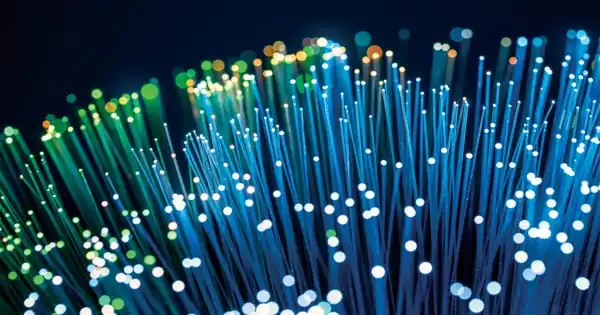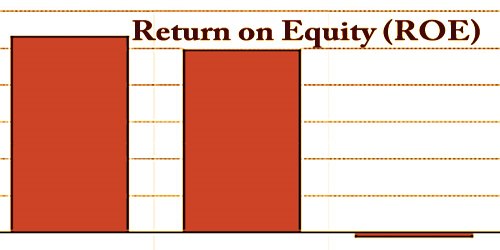Perovskites are a prominent possibility for eventually replacing silicon as the preferred material for solar panels. They have the promise for low-cost, low-temperature manufacture of ultrathin, lightweight flexible cells, but their efficiency in converting sunlight to energy has trailed behind that of silicon and some other alternatives thus far.
A team of chemists from City University of Hong Kong (CityU) and Imperial College London (Imperial College) produced new, extremely efficient and stable perovskite solar cells. The groundbreaking discovery is likely to significantly expedite the commercialization of perovskite photovoltaic technology, providing a possible alternative to silicon solar cells.
Traditional silicon solar cells have a high power conversion efficiency and good stability. However, they are relatively expensive and have reached the practical and economic limits of photovoltaic efficiency. Perovskites are widely recognized as the top contender for replacing silicon as the preferred material for solar panels. Perovskite solar cells should be less expensive, have a lower manufacturing temperature, and be lightweight and flexible. They can be printed on plastic films as flexible solar cells or used as a window glass coating to absorb sunlight, giving them a wide range of applications.
The most noteworthy aspect of this work is that we were able to successfully build extremely efficient perovskite solar cells while also showing promising stability. The trustworthy results indicate that perovskites are on their path to commercialization.
Dr. Zhu Zonglong
Among the several varieties of perovskite solar cells, those with an inverted design arrangement have demonstrated outstanding stability, making them promising candidates for achieving the lifetime of commercial silicon solar cells. However, perovskite materials have chemically reactive components that rapidly volatilize and deteriorate under high temperature and humidity, reducing the operational lifetime of solar cells. There was also a lack of strategy for increasing the efficiency of inverted perovskite solar cells by up to 25% to compete with silicon solar cells while retaining their stability.
Dr. Zhu Zonglong, Assistant Professor in CityU’s Department of Chemistry, surmounted these difficulties with a novel technique inspired by the peculiar properties of ferrocenes, a metal-containing substance. Dr. Zhu’s team achieved a breakthrough by ingeniously adding ferrocenes to perovskite solar cells as an interface between the light-absorbing layer and the electron transporting layer, in partnership with Professor Nicholas Long from Imperial College. “We are the first team to successfully enhance inverted perovskite solar cells to a record-high efficiency of 25% while passing the International Electrotechnical Commission (IEC) stability test,” said Dr. Zhu.
The findings were published in the scientific journal Science.

“The unique features of ferrocenes can assist overcome the challenges with perovskite solar cells,” said Professor Long, a specialist in organometallic chemistry. Ferrocene is a chemical that contains an iron atom “sandwiched” between two planar carbon rings. Professor Long’s team developed ferrocene, in which the carbon rings are connected to distinct organic groups, which Dr Zhu’s team used. “These organic groups minimize the reactivity of the perovskite surface, improving both efficiency and stability,” Dr Zhu explained.
Perovskite solar cells are made up of layers of materials. The perovskite layer collects light. The ferrocene molecules speed up electron transfer from the perovskite active layer to the electrode in the electricity conversion layer, enhancing efficiency.
Another advantage of these organic groups, according to Dr. Zhu, is that “the ferrocene-based organometallic compound designed by the joint team firmly anchors the ion on the perovskite surface via a strong chemical bond, reducing the solar cells’ sensitivity to the external environment and delaying the device degradation process.”
The CityU team discovered that these newly designed solar cells can function under continuous illumination for more than 1,500 hours and still retain more than 98 percent of their initial efficiency. The devices also met the international criteria for mature photovoltaics, demonstrating improved stability in a hot and humid environment (85 degrees Celsius and 85 percent humidity).
“The most noteworthy aspect of this work is that we were able to successfully build extremely efficient perovskite solar cells while also showing promising stability. The trustworthy results indicate that perovskites are on their path to commercialization” Dr. Zhu stated
The cooperative team has their design patented. “With this unique chemical and simple approach, we hope to scale up the manufacture of perovskite solar cells, contributing to the worldwide ‘zero-carbon’ sustainability objective,” Dr. Zhu concluded.
















